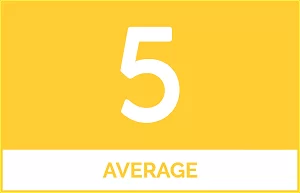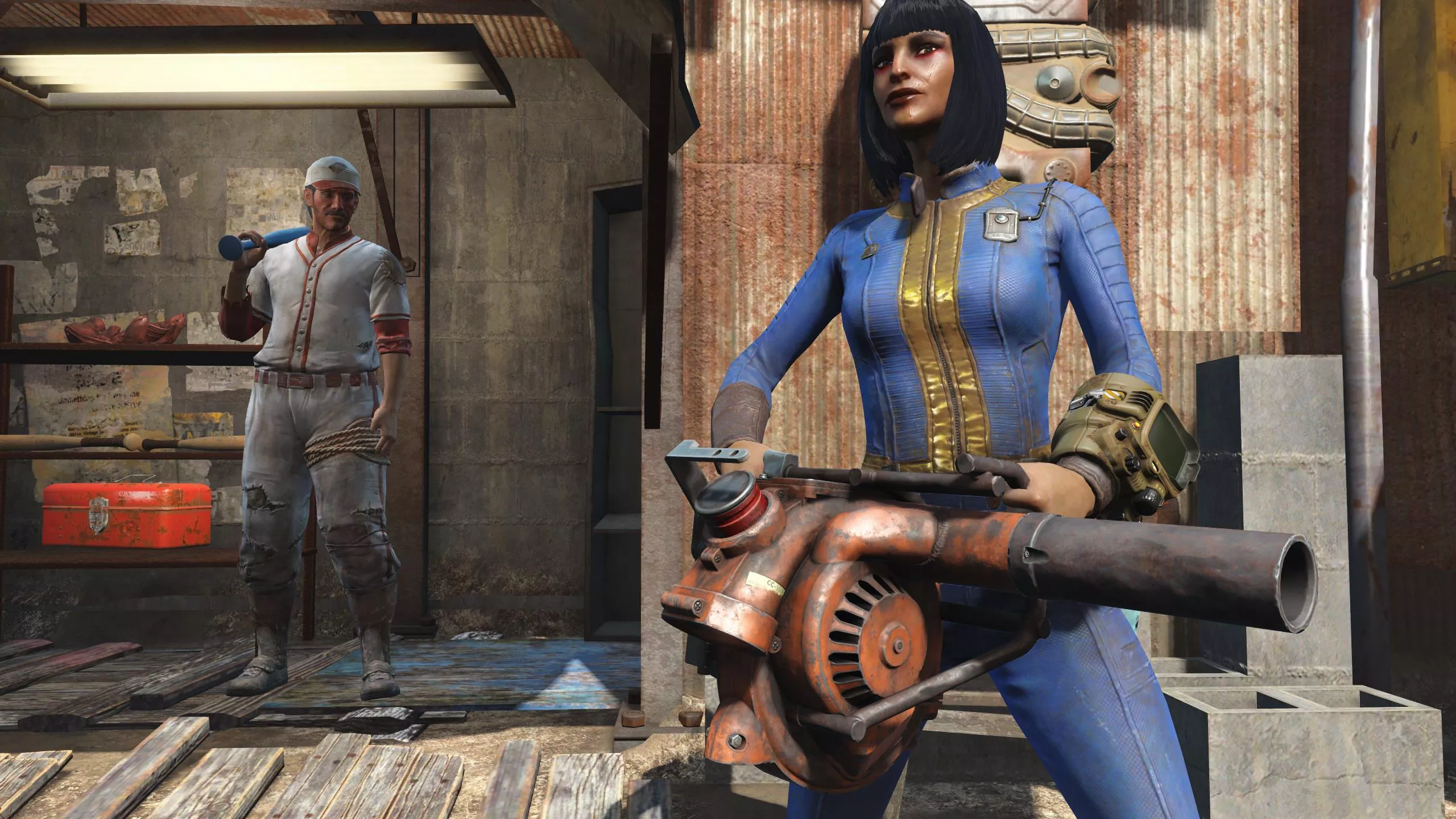Before cameras and wands buried the genre of novelty controls, single purpose peripherals had some great moments. Fishing rods, bongo sets, maracas, 40 button mech cockpits and king of them all, light guns. Oasis Games wants in on the necromancy Oculus, Sony and HTC engaged in to revive virtual reality, digging past the bones of Dactyl Nightmare to bring back the grand of days of the light gun shooter.
Pixel Gear is a virtual reality, single position, Move controlled (and required, there is no Dualshock mode) light gun shooter, similar in design if not execution to Oasis Games other PS VR launch title Ace Banana. You point the Move controller at enemies and make them dead with a trigger pull, looping ad infinitum. There are a few power-ups and some weapon variety but that is all there is to Pixel Gear, a three stage virtual reality shooting gallery.
Mercifully the control issues that killed Ace Banana are not present here — Pixel Gear mostly stayed well calibrated and the presence of a reticle on all but the hardest difficulty setting means you can adjust to any minor inconsistencies. It also makes the game trivially easy at times as enemies are mostly slow, lumbering targets that occasionally shoot slow, lumbering projectiles that are easily shot from the sky.
The shooting itself is well done. The meaty sound of a headshot never ceased to be satisfying and your look and aim are independent over the 180 degree play area the headset provides, meaning you can glance around to spot projectiles while still pouring a clip into particularly stubborn enemies without looking at them. I stuck with the trusty pistol for most of the time, mostly because it did the job and never ran out of bullets, though the grenade launcher has some charm in overwhelming scenarios and the sniper rifle comes complete with a sight you look through by bringing the Move controller up to your eye, but it was too finicky for me to use regularly. Extra weapons must be purchased at the end of a wave and I found the money was better spent on power-ups, health and expanded clips for the pistol.
Pixel Gear isn’t much more than a basic shooting gallery. Special enemies are such because they take three or four shots to kill instead of one, or need to have a helmet knocked off their head. Nothing moves at a speed that requires leading your target, nothing ducks in and out of cover to make you time a shot, you never move around the level or have to dodge incoming fire. The three levels don’t offer a lot of variety and hold no unique mechanics beyond their individual layout. The closest you get to exhilaration is due to sheer overwhelming numbers, turning frantically to knock down projectiles as you slowly whittle away the horde, most of which only has a passing interest in taking you out. Some enemies just walk away from you, like a bullet in their back would be a mercy.
Each of these three levels consists of six waves, escalating in number of enemies before culminating in a boss fight. The boss fights are by far the most interesting part of the game but even they leave plenty on the table. One fight with a dragon has potential until the core mechanic to defeat it is revealed, it stands mouth agape like it is trying to catch softly lobbed M&Ms, conveniently right underneath a flying enemy holding a bomb. It proceeds to make this mistake seven times in a row, even the dullest child gives up the game after a couple of painful clashes of chocolate rock on exposed tooth.
There aren’t many design choices in a game as simple as Pixel Gear but mistakes were managed in the few that Geronimo Interactive has made. In a game all about score chasing it is baffling that there are no online or even offline leaderboards, unless you write down your every score you won’t ever know if it was your best. Not that the score chasing can be relied upon, for a game where you must build a score multiplier there are too many ways to accidentally shoot ‘friendly’ targets that just happen to spawn in the way of shots on enemies and even better, are only visible when you look directly at them. Every round on the harder difficulties was plagued by these accidental shots that not only reset your combo but also cost you a not insignificant amount of points.
I had some fun with Pixel Gear but it is hard to recommend. There is about two hours worth of content here and before I’d even finished the first level on normal difficulty my mind was wandering. Higher difficulties are more engaging but this is a shallow, simple shooting gallery you would expect from a motion control minigame collection, adding a VR layer to expand it to 180 degree action isn’t enough and even if you are engaged there is no way to compete against yourself, let alone the world. Thoroughly mediocre.
Pixel Gear was reviewed using a promotional code on PS4 using PS VR, as provided by the publisher. A PlayStation Move controller is required to play.
Review: Pixel Gear
 |
|
The good
|
The bad
|
Want to know more about our scoring scale?
This article may contain affiliate links, meaning we could earn a small commission if you click-through and make a purchase. Stevivor is an independent outlet and our journalism is in no way influenced by any advertiser or commercial initiative.























